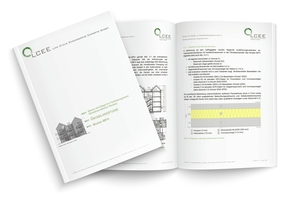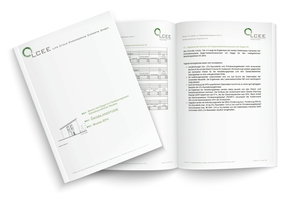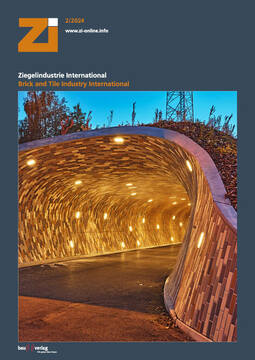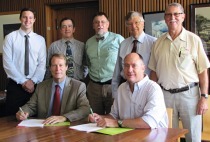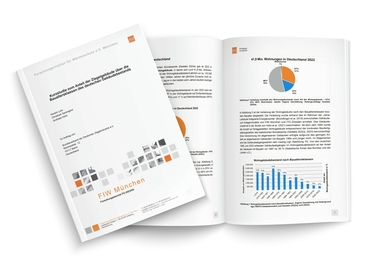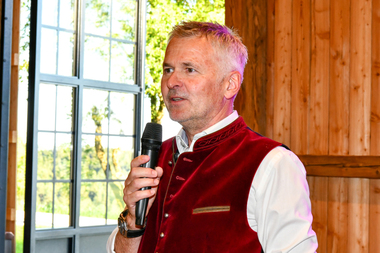Study confirms: Clinker brick construction exceeds funding requirements in Germany
Today, energy efficiency and sustainability are key criteria for new construction funding. Life cycle analyses can be used to calculate whether building projects fulfil the legal requirements for climate friendliness. A research institute in Darmstadt has now investigated whether and to what extent double-skin brick masonry fulfils the criteria for climate-friendly new build (KfN). Since mid-January 2024, it has been clear that single and multi-family homes with double-skin brick masonry and solid interior construction are not only eligible for KfN funding, but actually exceed the benchmarks.
This is the conclusion reached by the renowned Life Cycle Engineering Experts (LCEE) institute in Darmstadt in two life cycle assessment studies commissioned by the Federal Association of the German Brick and Tile Industry (BVZi).
Analysed according to the calculation rules of the QNG seal
The authors of the studies, Dr Sebastian Pohl and project engineer Oskar Maria Wrese, analysed two sample building types according to the calculation rules of the German Federal Building Ministry’s Quality Seal for Sustainable Buildings (QNG). Both a model single-family house (EFH) and a model multi-family house (MFH) were analysed, each in several design variants. The observation period was 50 years.
Both building types fulfil the requirements of the KfW energy standard EH40 on the basis of the calculation in accordance with DIN V 15899 and including determination and reporting of the monthly generation and own use of solar power.
Example building detached house: The detached house is a characteristic type building from the “Arbeitsgemeinschaft für zeitgemäßes Bauen” housing construction institute in Schleswig-Holstein, with an unheated basement. Its exterior walls consist of a variant of unfilled bricks. The solid interior walls are built with bricks and a heavy concrete construction was chosen for the ceiling.
Example building multi-family house: The multi-family house is a modular type house, developed by Urban Thiesen Architekten (Kiel) according to the construction concept of the “Kiel Model” for social housing. It has a partial basement, whereby the basement rooms are unheated. One version of the exterior walls is made of insulating bricks. As with the detached house, the interior walls are brick-built and the ceilings are made of concrete.
A key finding of the research institute for both sample buildings is that the values determined for the walls and ceilings are decisive and dominant for the overall value of all building structures in the construction phase. If the complete building life cycle is considered, the operation of the building is the decisive factor. The CO2 equivalents and the non-renewable primary energy demand for the final state of existence (end of life) and for the renewal in the utilisation phase, on the other hand, play a rather subordinate role.
Summary: Apply for certifications with a clear conscience
The overall conclusion is that anyone building with bricks should not miss out on the monetary benefits of the climate friendly new-build subsidy, which involves additional computational effort in the planning phase. It’s worth it, as the Head of Thermal Insulation, Energy Efficiency and Sustainability at BVZi, Dipl.-Ing. Juliane Nisse, states that the benchmarks for QNG-PLUS were clearly met for the apartment block and for QNG-PREMIUM for the detached house in all design variants.
“The results,” adds BVZi Managing Director Attila Gerhäuser, “can be transferred in their tendency to other building constructions of the double-skin wall insofar as these studies have already investigated those masonry constructions that have the most environmentally unfavourable CO2 footprint. There is no question that the building-related CO2 values would be significantly lower again if the observation period were extended to 80 or 100 years.”


